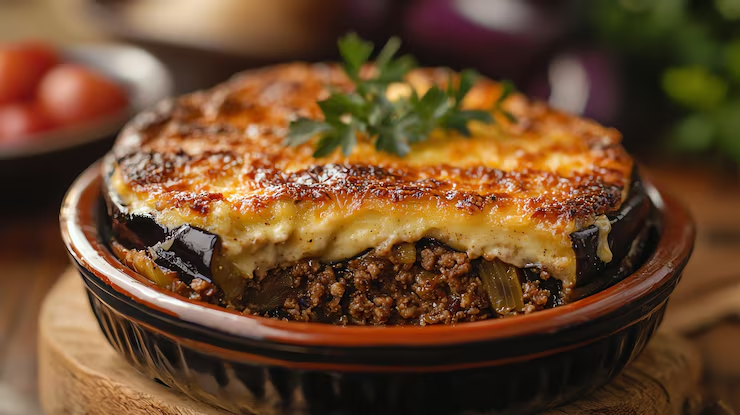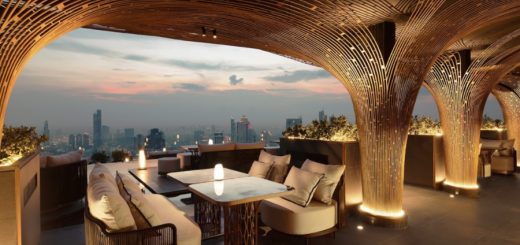Mayan customs and traditions that are still alive today
Mayan customs and traditions that are still alive today
The Mayan Civilization is one of the most fascinating legacies of Mesoamerica. Although its large cities and temples are now majestic ruins that attract millions of tourist, the essence of this culture is still alive in many aspects of every life on the Yucatan península, including Cancún and the Riviera Maya.
Mayan traditions are not just history, they are part of the present. From ancestral rituals and agricultural practicies to languages, gastronomy, natural medicine and celebrations, the descendants of this great civilization continue to transmit his wisdom from generation to generation.
In this article we will take you on a journey through the Mayan customs that are still present in everyday life. A trip to the cultural heart of southeastern México.
The Mayan language: more alive than ever
Despite globalization, the Yucatan Mayan language continues to be spoken by more than 800,000 people in México, mainly in Yucatan, Quintana Roo and Campeche. Hearing someone speak Maya in a local market or in a rural community is not uncommon: it is part of everyday life.
Many Mayan words have been incorporated into the spanish of the region, such as:
- “X’catic” (type of chilli)
- “Sikil” (seed)
- “Mulix” (curly hair)
- “Chéel” (white color)
In addition, important efforts have been made to revitalize and teach the language in schools and universities, and you can find signaling in archaelogical sites, museums and tourist villages.
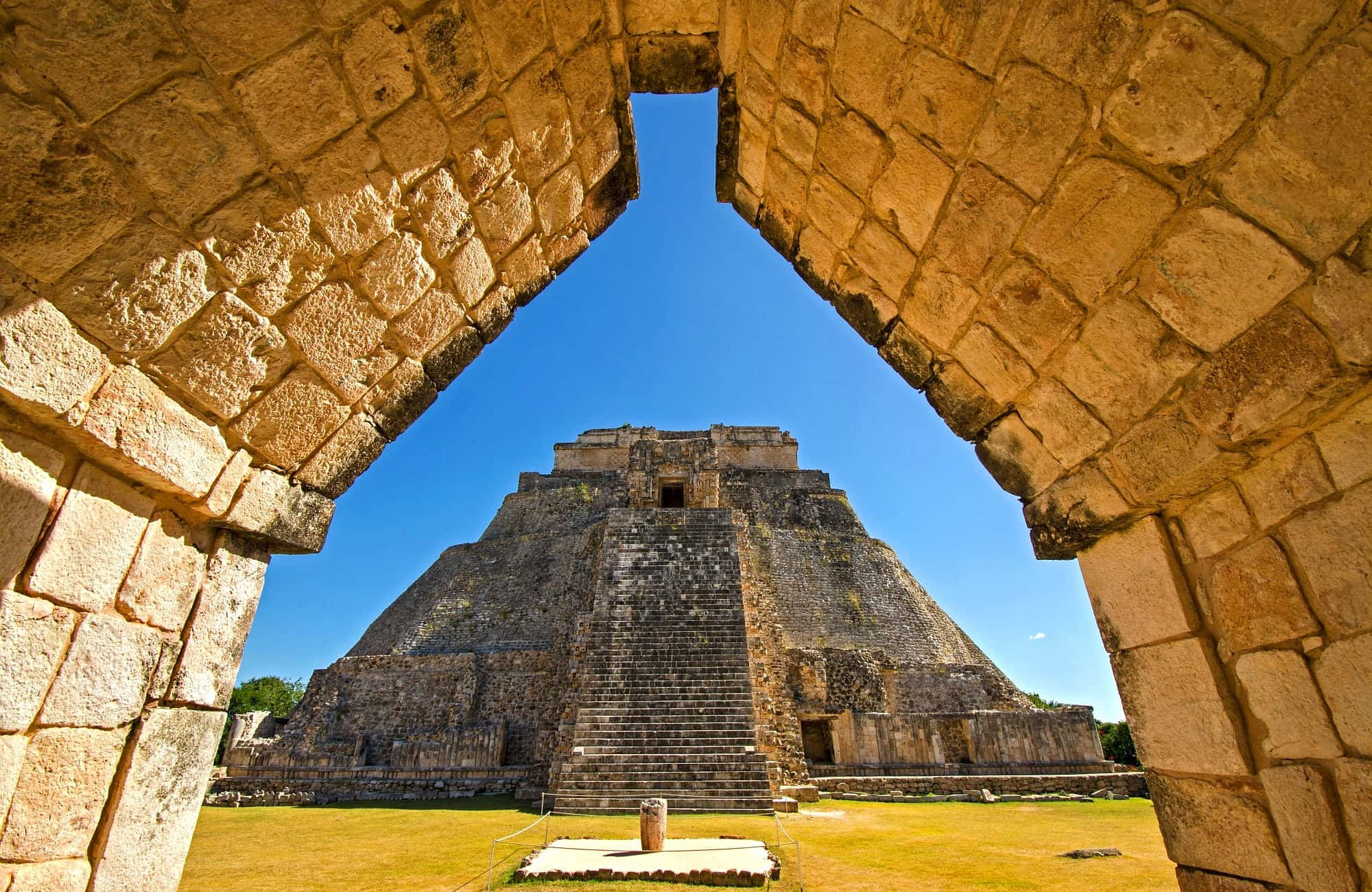
Traditional medicine and ancestral wisdom
Mayan medicine is still a current practice, especially in rural communities. Traditional doctors, also know as men, combine medicinal herbs, spiritual rituals and knowledge about the human body that have been inherited orally for generatios.
Among the most common practice are:
- The use of plants such as chaya, epazote, ruda, yucca and bark to treat physical ills.
- The energetic cleans with rue or copal branches.
- The temazcal, a ritual steam bath that combines heat, natural medicine and spirituality.
Many visitors seek t olive these experiences as a form of connection spiritual and alternative healing.
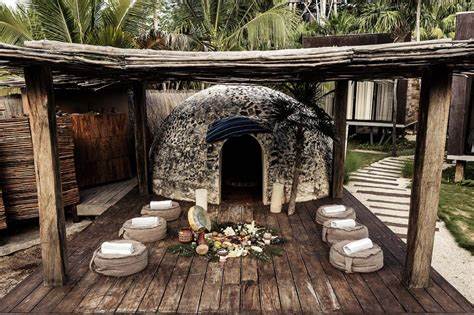
Gastronomy with Mayan roots
Yucatecan cuisine is deeply influenced by the Mayan tradition. Some of the dishes that are consumed today are still prepared with ancient techniques and recipes, such as undergound cooking and the use of native ingredients.
Among the dishes with Mayan heritage that you can try are:
- Cochinita pibil: pork marinated in achiote, wrapped in banana leaves and cooked in an underground oven.
- Panuchos and salbutes: stuffed or fried tortillas wth beans and meat.
- Papadzules: tortillas beathed in pumpking seed sauce and boiled egg.
- Black corn Pozole, which is prepared on special occasions.
Traditional ingredients such as corn, habanero peper, pumpkin sedes, achiote and chaya are also still used.
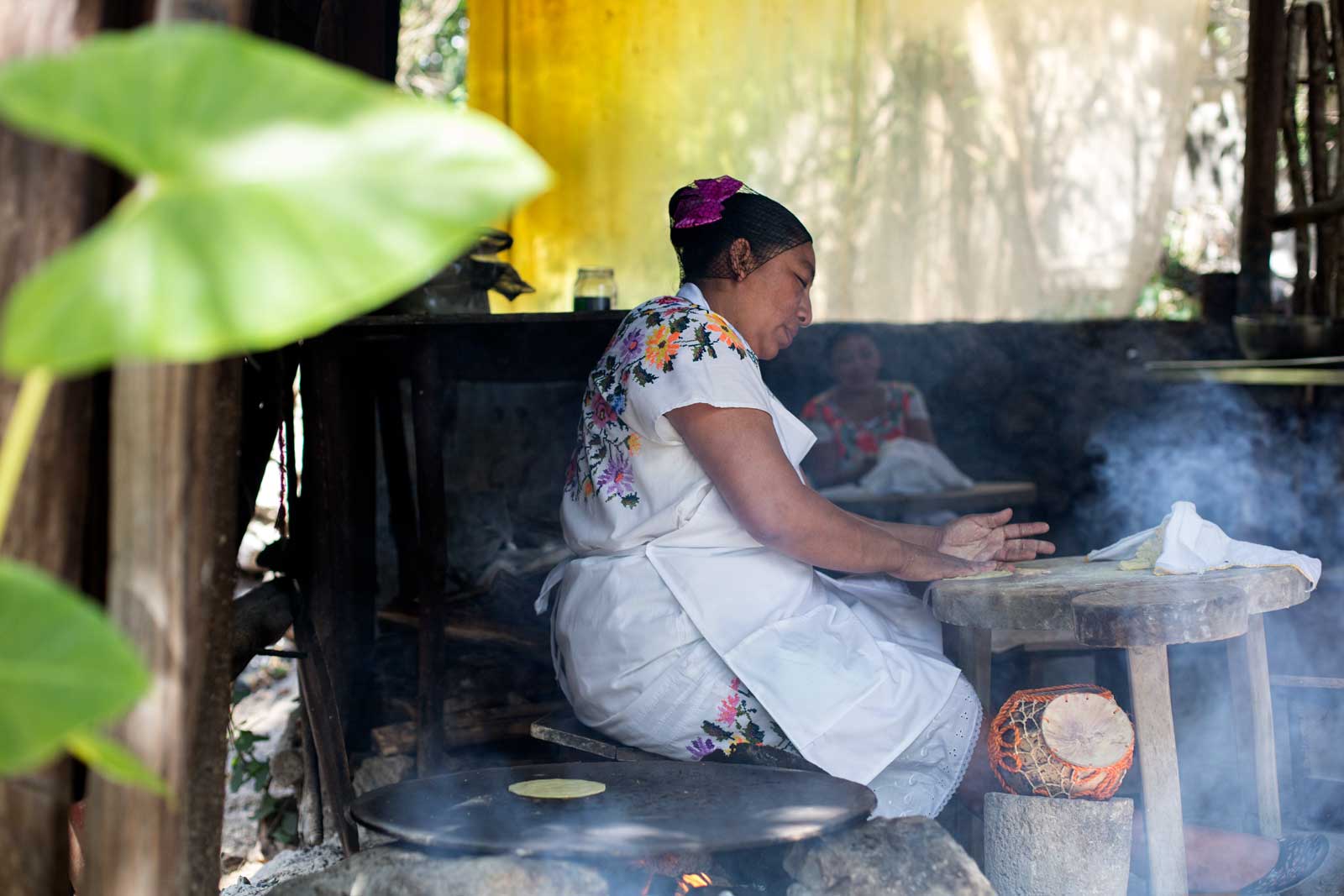
Celebrations and rituals that last
Hanal Pixán: Mayan Day of the Dead
In late October and aerly November, Mayan families celebrate the Hanal Pixán (“food of souls”), a local version of the Day of the Dead. In this festival, altars are prepared ith flowers, candles, photos and tradicional foods to receive the deceased.
Special tamales called pbipollos, are cooked, beeswax candles are burned and decorated with xpujuk flowers and chopped paper.
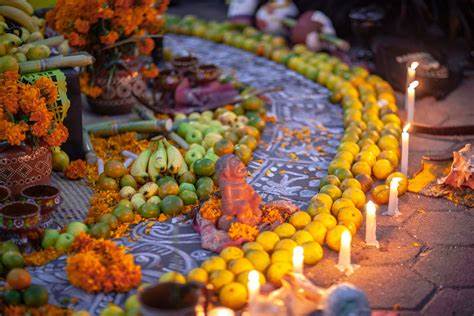
Ceremonies with fire and copal
In communities such as Cobá or in the vicinity of archaelogical sites, ceremonies are still held to ask permisson from the gods before carrying out important activities, such as a harvest or event a weding.
The rituals include offrings of copal, sedes, coco and fire, directed by a j’men.
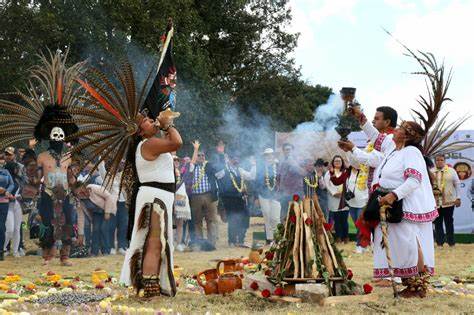
Respect for nature
Fort he Mayans, the junge, cenotes, animals and plants ere alive and have spirit. This deep respect for nature is one of the bases of its worldview, which is still maintained today in indigenous communites.
Many believe that cenotes are sacred places where gods and spirits live, Therefore, it is common to see rituals before entering one, asking permission from the “Alux” or guardian spirit of the place.
This visión is also reflected in agricultural practices such as the milpa maya, a cultivation system that respects the cycles of the earth and seeks harmony with the environment.
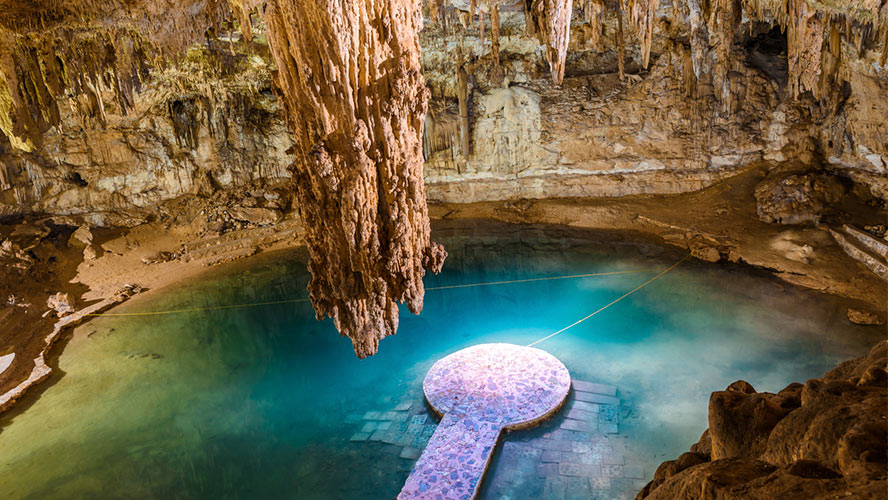
The Mayan calendar and its current uses
The Mayan calendar, one of the most acurrate of antiquity, continues to be studied and valued by its descendants. Some communities use it to determine the ideal datess for sowing or harvesting, as well as to celebrate ritual dates.
Although not everyone follows it to the letter, its influence is maintained, and it is a source of cultural pride among the new generations.
Traditional clothing and textiles
In towns like Valladolid, Izamal or Tulum, you can still see women wearing the huipil, a hand-embroidered garment with flowers or Mayan symbols, fresh and elegant.
Artisanal embroidery is a cultural legacy that continues to be transmitted between mothers and daughters. It is not only part of daily clothing in some places, but also a source of income for many families who sell their creations to visitors.
Art, music and spirituality
Mayan spirituality is very present in artistic expresions such as dance, marimba music and ceremonial songs. Also in the iconography: figures carved in stone, masks, and symbols that appear in murals and crafts.
The Mayan worldview, with its gods, sacred animals (such as the jaguar or the quetzal), and concepts of time, continues to inspire contemporary artists throughout te region.
Conclusion
Mayan culture is not a vestige of the past, it is a liing heritage, palpable and deeply connected with the present. In every corner of Cancún and the Riviera Maya we can find traces of this legacy: in language, food, rituals, the way of relating to the land and in the warmth of its pople.
When visiting this region, it is important to do so with respect, admiration and curiosity. Learning about Mayan customs not only enriches the trip, but helps preserve ancient traditions that have survived the passage of time.
Whether you explor a sacred cenote, share a traditional meal or listen to a story in the Mayan language, remember: you are walking on land full of history, wisdom and life.

